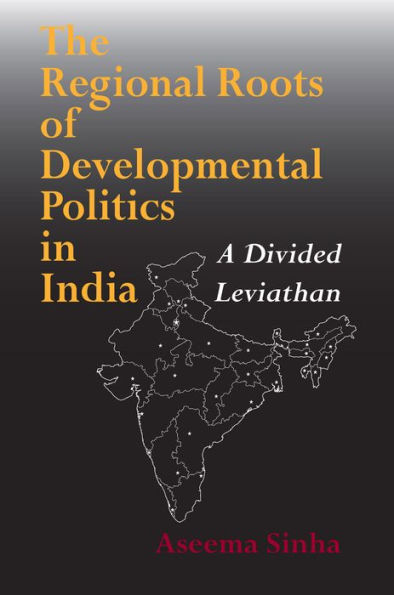5
1

The Regional Roots of Developmental Politics in India: A Divided Leviathan
384
The Regional Roots of Developmental Politics in India: A Divided Leviathan
384Related collections and offers
64.95
Out Of Stock

Product Details
| ISBN-13: | 9780253344045 |
|---|---|
| Publisher: | Indiana University Press |
| Publication date: | 04/14/2005 |
| Series: | Contemporary Indian Studies Series |
| Pages: | 384 |
| Product dimensions: | 6.00(w) x 9.00(h) x 1.18(d) |
About the Author
From the B&N Reads Blog
